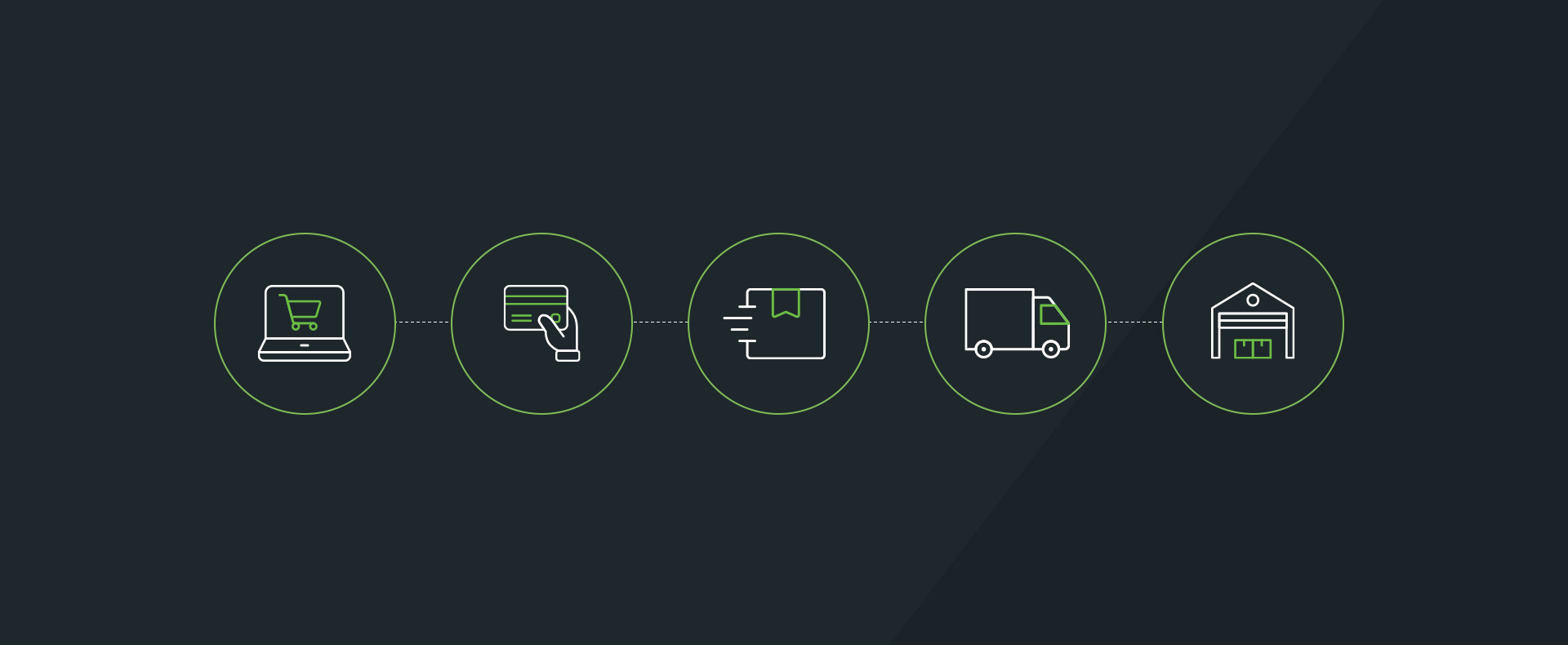Top 5 Ecommerce Trends for 2019
The beginning of the year is a time when online retailers have some time to reflect on trends and how to set their businesses up for even more success. We’ve compiled a list of top 5 ecommerce trends to get you started.
Personalization
The use of personalization in ecommerce keeps growing. What began as including names in birthday and post-purchase emails has now evolved to this current definition by OptInMonster:
“Ecommerce personalization means showing individualized offers, product recommendations, and other content to your visitors based on their previous actions, demographics, and other personal data.”
More online retailers are turning to technology companies such as OptInMonster, Nosto and Barilliance to sift through customer behaviors to create personalized customer experiences that in turn increase sales. These include product recommendations, special offer pop-ups, and cart abandonment emails.
Here is an example from Pura Vida Bracelets, which used Nosto for personalization:
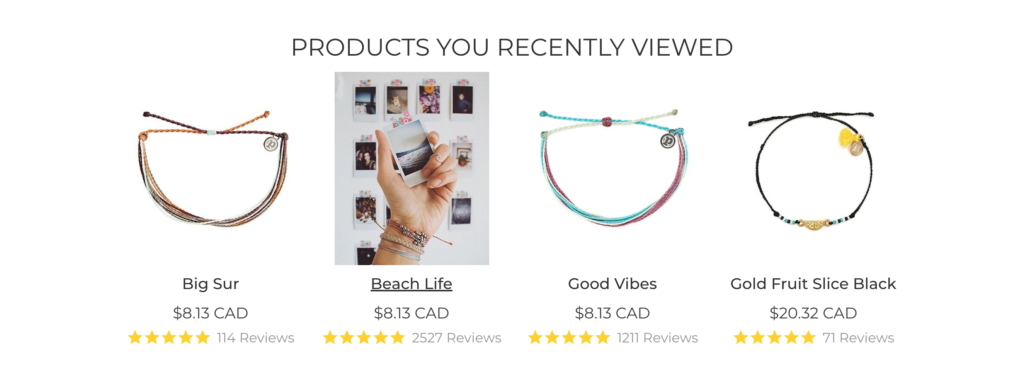
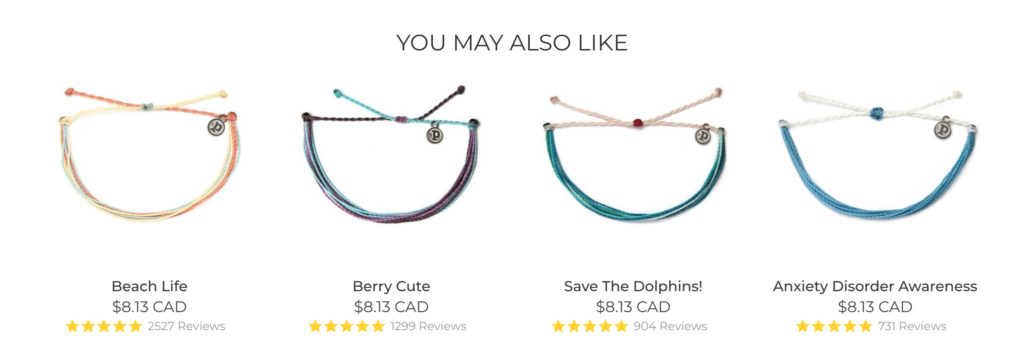
Voice Shopping
While smart speakers, such as the Amazon Echo, are often used to play music, set alarms, and check the weather, they are also able to help their owners buy items. In fact, voice shopping is expected to ring in $40 billion in sales in 2022, up from $2 billion today, according to a survey from OC&C Strategy Consultants.
The rapid growth of smart speakers is fueling these skyrocketing sales estimates. In 2018, the number of smart speakers in U.S. households grew by 78% over the prior year. In December of 2018, over 118 million smart speakers were in U.S. households. Amazon is the market leader in the smart speaker space, followed by Google.
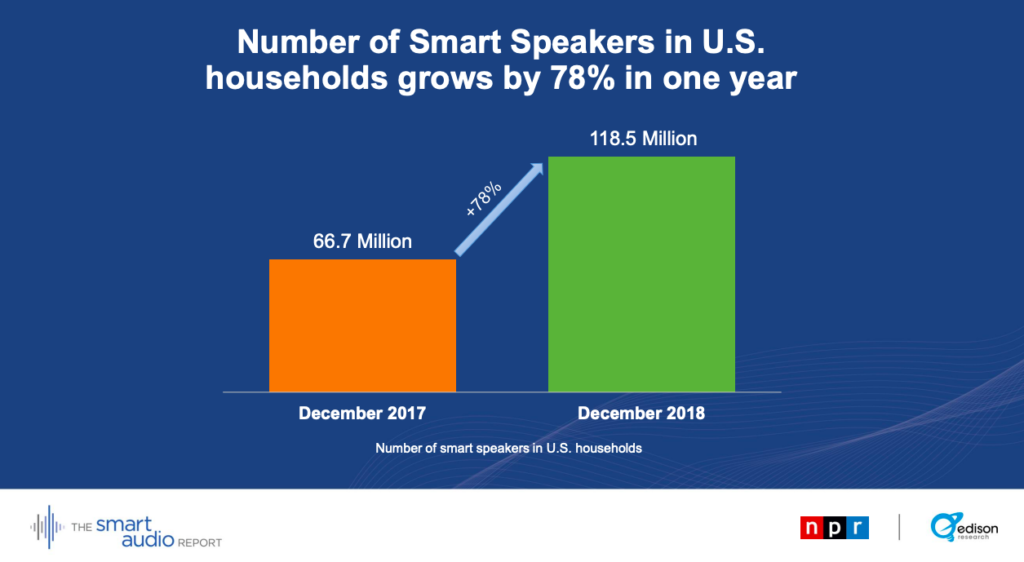
In 2019, an estimated 27% of speaker owners will buy something through voice commerce. In addition, next year 37.1% will ask questions about products through their smart speakers.
Start getting familiar with Amazon and Google smart speakers. After using them for a while, test out commands, such as “search for (product)” or “buy (product)” to see what products are offered. We’ll keep you posted on more tips on successfully selling through voice shopping.
Physical Stores
In a reverse of digital “try before you buy” options, online retail companies are adding brick and mortar locations to drive sales. According to a recent report by JLL Retail Research, ecommerce brands plan to open 850 stores across the country over the next five years.
The report states that “the mattress retailer Casper will open 200 stores within three years. Adore Me, the women’s intimates company, announced up to 300 additional stores in five years. Allbirds, the wool sneaker company, opened a 4,800-square-foot New York flagship in SoHo, with plans for more stores in four cities in the next year.” These stores include pop-up stores and permanent locations.
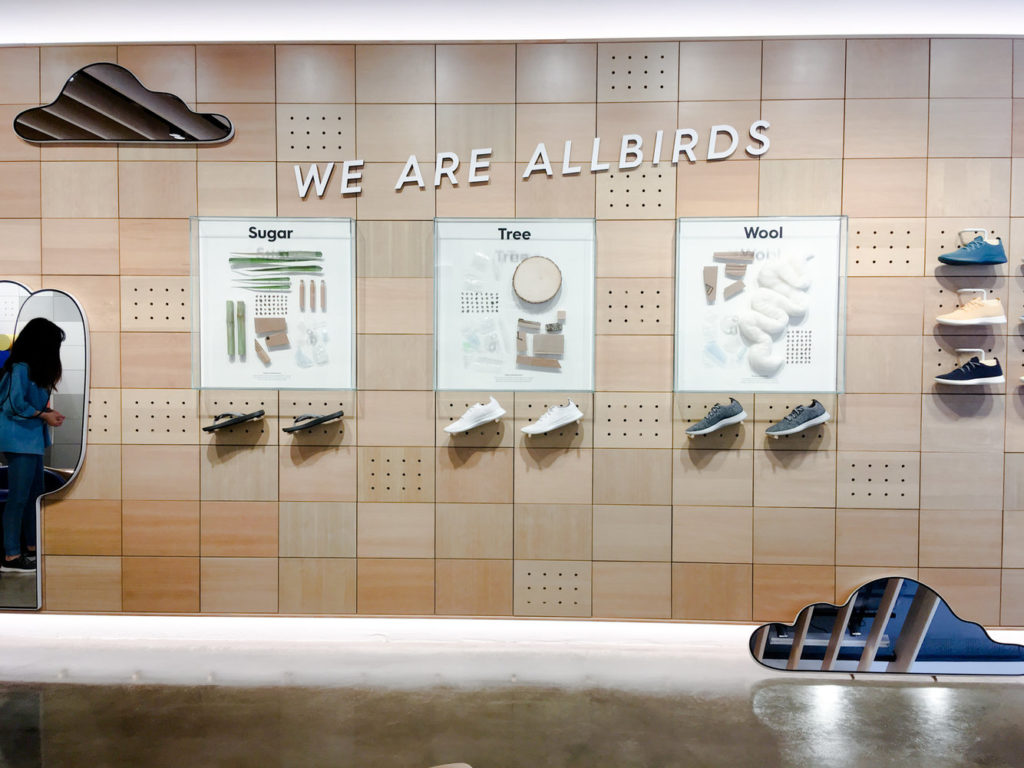
Of the online companies opening physical locations, 74% are apparel and accessories companies. Half offer products with high price points.
Even Amazon has entered this arena. It’s launching stores, named “4-Star,” throughout the U.S., where shoppers can interact with Amazon’s devices and top products in person.
Augmented Reality
Ecommerce companies are often interested in using cutting edge technology. The use of Augmented Reality, or AR, is no exception. AR is a technology that superimposes digital images on a user’s view of the real world through a computer or mobile device.2017 was a breakthrough year for AR. While some companies created their own apps for AR, in the summer of 2017, public AR frameworks were released openly to developers: ARKit for iOS and ARCore for Android. This made it much easier for developers to build ecommerce apps with AR features, and has led to an increase in the use of AR on websites, and on IOS and Android devices.
Wayfair, the online home furnishings company, is an early adopter of AR:
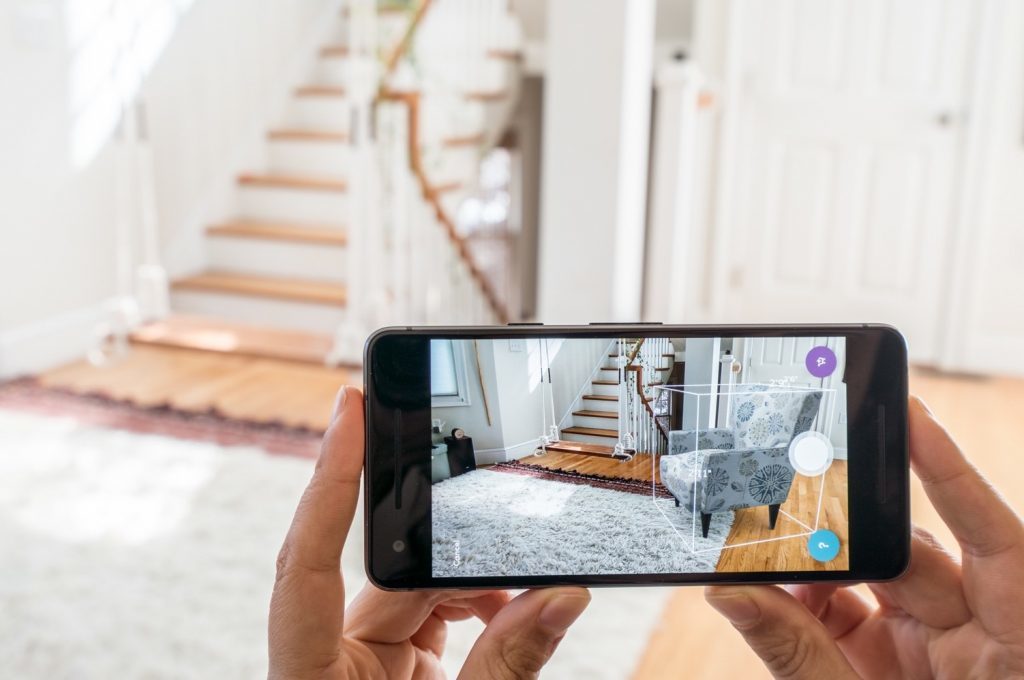
You can see examples of AR in ecommerce, and learn more about AR here.
Video
YouTube is now the second largest search engine, behind Google. According to a December 2018 survey by Wyzowl, 68% of people responded that they’d most prefer to learn about a new product or service by watching a short video. Video usage is expected to increase, with 79% of all Internet traffic will be video by 2022.
Here’s an example of a product video about the night cable from Native Union:
These statistics are probably not surprising to you. They do, however, underscore the importance of video in your ecommerce marketing efforts. If you’re still not using videos in your marketing, or are ready to increase your video marketing efforts, check out some of our additional resources:
- What Types of Video Content Should You Use on Your eCommerce Site?
- 5 Tips to Create Great Product Videos
- Creating On-Brand Video Content
Moving Forward
These trends have the power to move your business forward. Take a few minutes to explore how they might benefit your business, then take action on those you think will help you the most. They just might lead to your most successful year ever.






